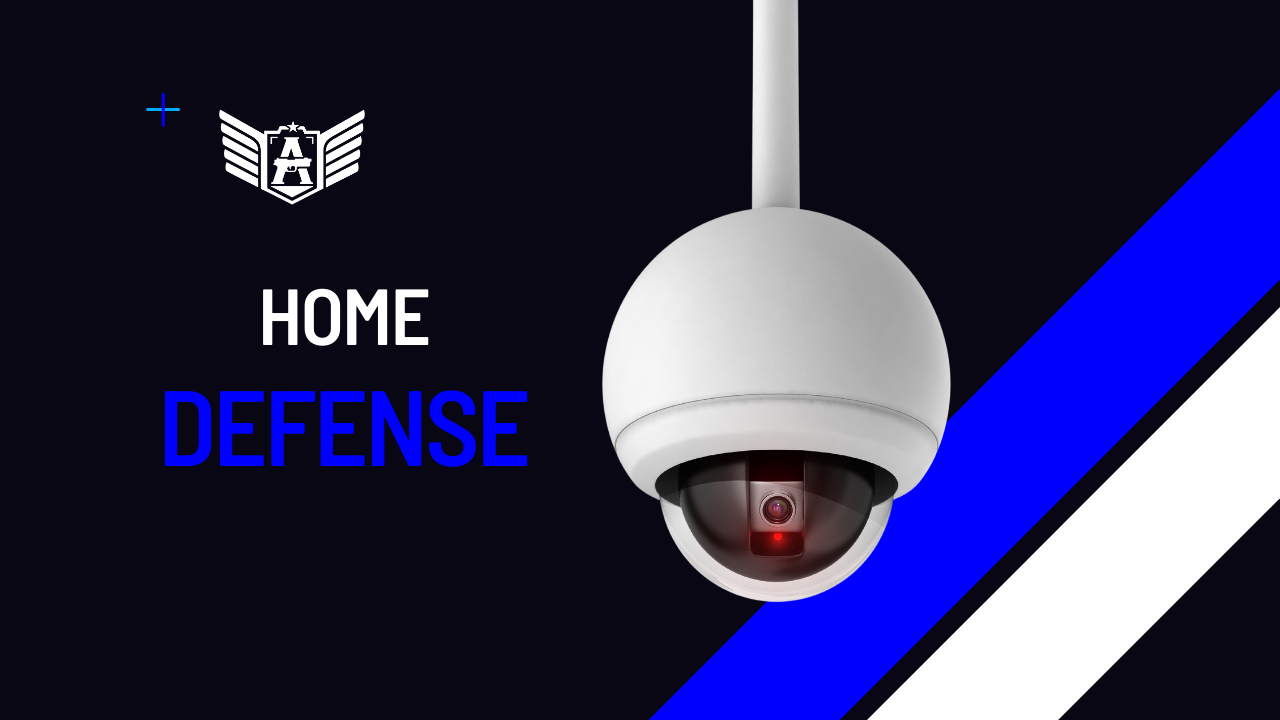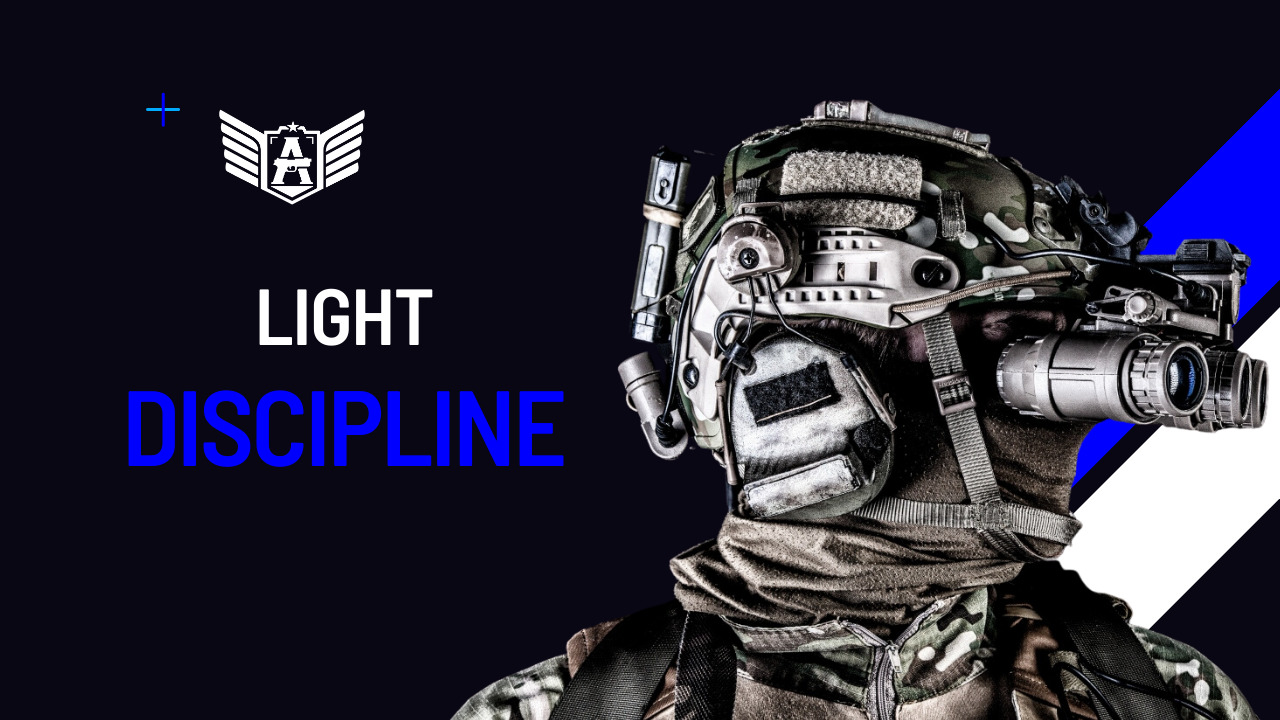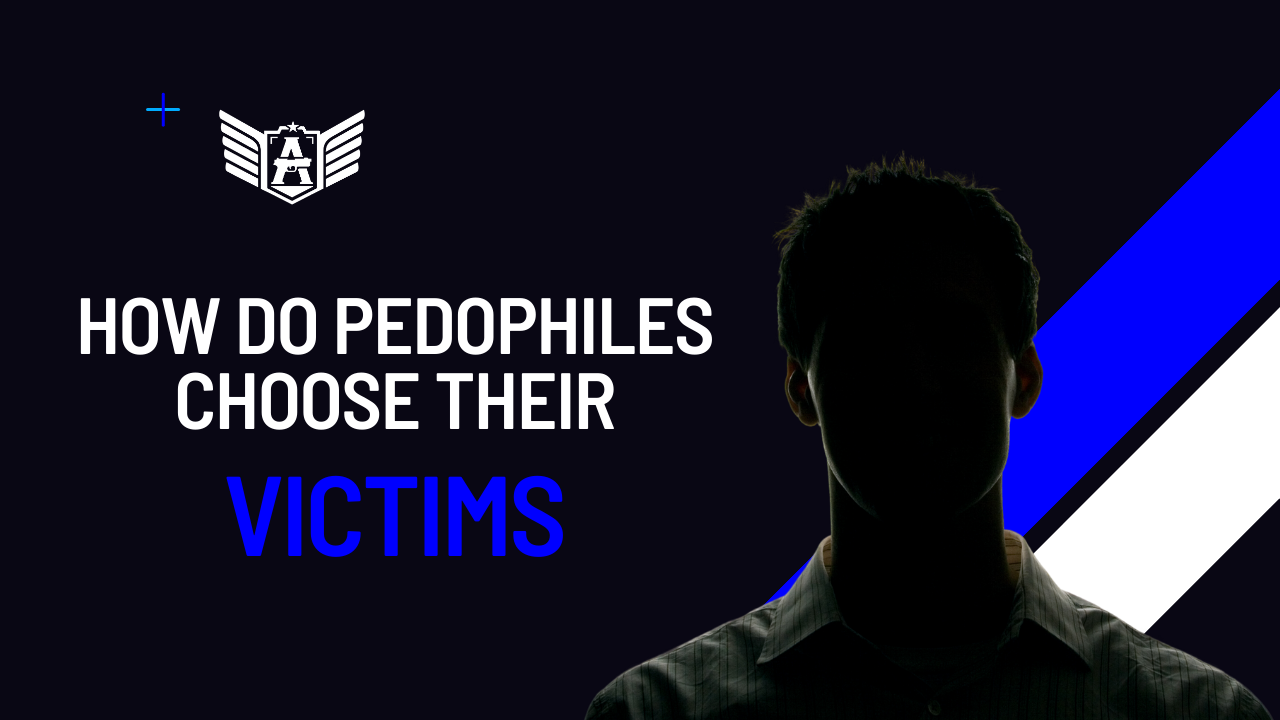Private security encompasses a series of coordinated actions executed by a team to ensure the safety and protection of dignitaries. These operations can occur within buildings, during vehicle convoys, or in various other environments—particularly where foot formations are crucial.
The configuration of the security team in these formations varies based on the environment, the VIP’s characteristics, and the associated threat level. In this article, we explore the primary foot formations employed in private security operations worldwide.
Box Formation
The Box Formation consists of the VIP plus four security professionals. In this setup, agents position themselves to form a literal box around the VIP, with one close protection officer (PPO) maintaining constant proximity to the principal, ready to extricate them in case of an emergency.
This formation provides 360-degree protection and is relatively straightforward to execute, requiring less intensive training for directional changes.
Diamond Formation
The Diamond Formation, also known as the Rhombus Formation, involves positioning agents at the front, rear, and both flanks of the VIP, with a PPO in close proximity. This configuration offers comprehensive coverage and is effective in managing threats from all directions.
While it provides enhanced protection, the Diamond Formation demands a higher level of training, especially for managing movements and directional changes, which become more complex.
Wedge Formation
The Wedge Formation can be executed with various numbers of operators, starting with three. It is particularly effective in scenarios where the VIP must move through crowds, as the wedge acts to “carve” a path, creating space for safe movement.
This formation is commonly used in low-risk environments and is effective for crowd control and movement through congested areas.
Classic VIP +3 Formation
In the Classic VIP +3 Formation, the VIP is positioned between a line of agents—one operator in front and one behind—while the PPO stays immediately adjacent to the VIP. This setup is often used in lower-risk scenarios compared to the Box or Diamond formations, or in situations where discretion is critical.
It allows for a balance between protection and maintaining a low profile, suitable for environments where overt security presence is not desired.
VIP +2 Formation
The VIP +2 Formation is the most basic configuration, involving only two operators: the PPO staying close to the VIP, and a second agent positioned ahead of the team, scanning for and addressing potential threats as the VIP and PPO move.
This formation is typically employed in low-threat environments and requires the agents to be highly vigilant, as the limited number of personnel necessitates heightened awareness and responsiveness.
Open vs. Closed Formations
Foot formations can be adjusted between open and closed configurations based on the threat level and environmental factors:
- Open Formation: Used in low-risk situations, allowing for greater flexibility and less conspicuous presence.
- Closed Formation: Employed in high-risk scenarios, with agents positioned closer to the VIP to provide immediate protection and facilitate rapid evacuation if necessary.
The ability to transition between these formations swiftly is crucial for adapting to changing threat landscapes.
Additional Foot Formations
V Formation
The V Formation, or Open V, positions agents in a V-shape ahead of the VIP, facilitating movement through crowds by creating a natural barrier. This formation is effective in low to medium-risk environments and allows for efficient crowd navigation.
Wine Glass Formation
Similar to the V Formation, the Wine Glass Formation includes an additional agent at the rear, providing enhanced coverage and allowing the team leader to drop back for better observation. This formation is symmetrical and fluid, enabling quick directional changes while maintaining protection.
Sweep Formation
The Sweep Formation involves a two-person team escorting the VIP, with one agent leading and the other trailing. This formation is utilized in low-risk operations and requires the trailing agent to be prepared to engage threats from behind.
Conclusion
Mastering foot formations is essential for private security teams tasked with protecting VIPs. Each formation offers distinct advantages and is selected based on the specific context, threat assessment, and operational requirements.
Continuous training and adaptability are vital for security personnel to effectively implement these formations and respond to dynamic situations. By understanding and proficiently executing these configurations, security teams can ensure comprehensive protection for their principals in various environments.




